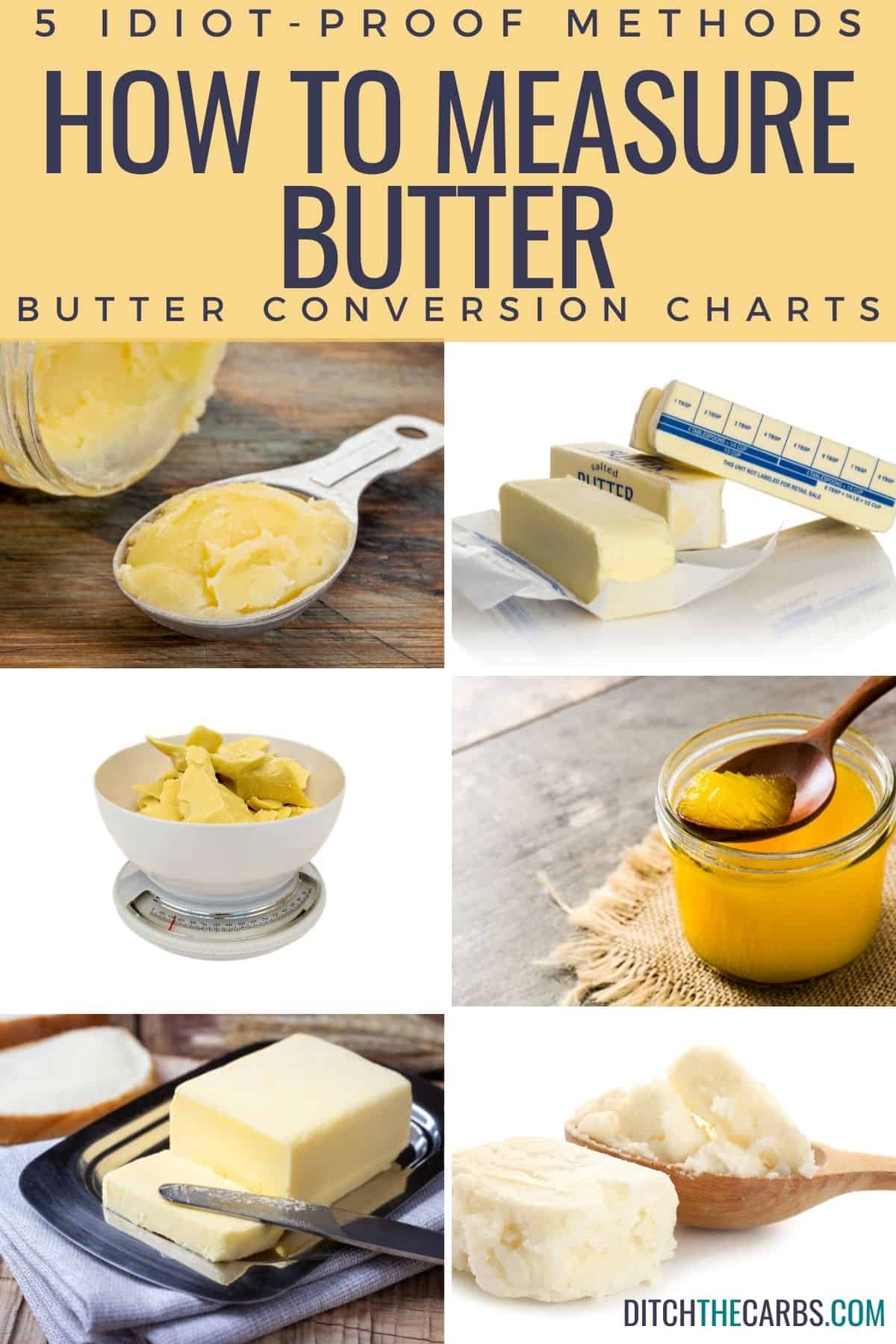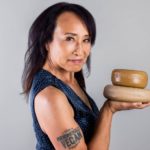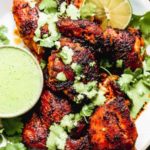Simple methods for measuring butter using cups, sticks, grams and ounces is one of the more frequently asked baking questions. Discover a straightforward approach for measuring your butter easily using any one of these straightforward measures.
There is also a butter conversion table and cooking solutions, plus FREE Kitchen Conversion Charts to make the conversions straightforward.
Why it is necessary to measure butter precisely? Butter is one of the essential baking ingredients and an invaluable asset when creating delicious muffins, cookies and pastry treats.
There are five methods available for measuring butter. Which strategy and approach would work best and why do these measurements matter so much?
There is evidence from around the globe showing that most countries, other than US and Canada, measure butter by weight.
USA residents generally measure butter by the stick; Canada uses blocks or cups; Europe, Australia and New Zealand all measure butter by weight in grams. Butter conversion charts occupy simple strategies that enable one to alter butter measurements quickly.
Butter should ideally be measured using grams or ounces; however, some individuals prefer measuring sticks of butter (often sold prewrapped and measured out beforehand) or tablespoons as measures for measurement purposes.
This easy chart provides all of the measurements and conversions for butter measurements and conversions, in cups, blocks, weight or sticks. It will show which measurement to use depending on which tool or technique is chosen to take measurements or weigh any butter that needs measuring.
One stick of butter equals 1/4 cup which weighs 47g = 1.6oz; another stick weighs 1/2 cup which equals 113g = 4oz, thus offering conversion tables below: 1/2 stick = 1/4 cup 1/8 2oz (57g); 8tbsp 1/2 cup 1/4 4 oz 113 g two 16tbsps 1 cup 1/4 8oz 227g (2 sticks 16tbsp 1.5 cups 3/4 12 oz 343/340/500g etc, for more accurate conversion tables please use Butter Conversion Chart below
Straightforward strategies for measuring with sticks.
1 stick of butter equals 8 tablespoons or 1/2 cup, 4 ounces = 113 grams.
Measuring butter by the stick is quick and straightforward; every stick comes equipped with its own measurement strainer to reflect one tablespoon. A stick may even present half cup and quarter cup measurements!
Cutting each stick of butter with a sharp knife is one of the easiest and simplest methods of measuring by tablespoon. Be sure to remove its wrapper prior to adding to any recipes.
Simple strategies for measuring using blocks
One block of butter weighs 500g, which equates to two cups or four sticks.
Butter wrappers typically include scale markings in grams (for most countries) or cups (in Canada), so you can easily cut along these roads, or estimate where a fractional measurement should go by using an accurate measuring tape and sharp knife.
Simple strategies for measuring with cups.
1 cup of butter equals two sticks or half a block.
Simple strategies for measuring consistent butter?
Reduce butter blocks or sticks into an exact quantity needed by recipes. If your butter has irregular shapes or is unwrapped without measuring strains, or there could be pieces left from previous purchases, use water displacement techniques instead.
How can one easily measure softened butter? There are some straightforward strategies available for doing just this.
If your butter is soft enough to press into a transparent dry measuring cup directly with a butter knife or spoon or rubber spatula, be sure to press out any trapped air bubbles or pockets of air from within your measuring cup to ensure accurate measuring results.
Simple methods for measuring in grams
Butter measuring by weight could be one of the easiest methods. You’ll have no difficulty using either grams or ounces as weight units of measurement.
Digital scales provide the superior method of measuring baking components quickly and correctly; making butter measurement fast and precise. An electrical kitchen scale should be added to your arsenal for consistent baking results and improved outcomes.
Baking with kitchen scales helps minimize cleaning up after each recipe since you won’t require as many measuring cups or spoons for measurements.
Set the digital kitchen scale to zero before adding butter of estimated amounts.
Add or take away butter until the desired weight has been met. As soon as it comes time to add additional components, once again tare to zero before measuring each new component into your mixing bowl directly.
Butter often takes on irregular forms or leftover from several blocks; to accurately ascertain its quantity you can utilize the cold water displacement method to measure.
Fill an extra large, 500ml (2 cups), measuring jug with only 250ml (1 cup) of water and place at eye-level on a flat floor, eyeballing. Once filled with butter add the measuring jug back together before writing down its new amount before subtracting 250ml (1 cup).
Calculating Butter Measure in Milliliters or Cups For example, to produce 250 grams (one measuring cup), your water diploma needs to reach 500 ml in order for proper measurements to take place.
Be certain that your butter has been completely immersed, displaces an adequate quantity of liquid and patted dry before including it in any recipes.
What are the cups in one stick of butter? – One cup equals two sticks!
One cup of butter equals 16 tablespoons.
1 cup of butter weighs equivalent to 8 oz or 227 grams.
Which butter should I purchase most easily?
Which butter you tend to produce most frequently will depend on what recipe you create.
There may also be salted and unsalted butter varieties as well as pure butter, whipped butter, clarified butter and ghee.
Ghee is clarified butter produced through heating to remove both water and milk solids, thus producing pure milkfat ghee that many with milk intolerance can tolerate, since clarified butter doesn’t contain lactose or milk solids.
Which butter should I choose when baking muffins? (FAQs).
However, most bakes call for unsalted butter. Salt actually heightens flavors like chocolate.
Modern pure butter without added ingredients is your ideal option. Beware of using baking spreads, margarine or faux vegan varieties of butter; all are processed versions that won’t give similar results as standard butter.
Which butter should I choose when making cookies?
Most recipes will specify whether they require salted or unsalted butter; adding salt can sometimes bring out additional flavors when making sweet dishes such as cakes. Therefore, even though an unsalted recipe might call for it, some instructions might include asking you to add an additional pinch.
What butter should be the primary choice when creating pastry?
Ice-cold butter is essential when creating pastry. Do not allow it to soften on the kitchen bench – keep it chilled in the fridge instead, so that when measuring and using, your butter won’t spoil or disintegrate!
Can I swap salted and unsalted butters?
As opposed to salted butter, unsalted should always be chosen, and any additional salt requirements added when necessary. You could substitute salted for unsalted only when necessary as salted butter contains already an ample supply of sodium chloride ions in its formulation.
How salty is salted butter?
Not at all; only a tiny amount of salt was added during production but its absence is clear when spreading unsalted butter on toast, lacking both taste and character.
Should I measure steady or melted butter?
Adjust ingredients according to what the recipe requires; for instance if it requires softened butter or melted butter then measure accordingly.
Are There Easy Methods of Producing Ghee at Home?
Heat butter over a low flame until it begins to simmer, at which time any moisture or excess water will evaporating away, turning golden-brown clarified butter that needs further refining into delicious brown buttery goodness! Strain through a sieve lined with kitchen paper into a heatproof jar once done to eliminate “scum”, making ghee deliciously brown flavored butter!
What are the smoke stages of butter?
Ghee has an increased smoke stage than butter due to having less moisture present; its smoking stage stands at 250C/485F.
Are butter or margarine increased for baking purposes?
Butter lends its creamy taste and rich texture to baking cookies and muffins, while margarine may provide similar flavors, yet may produce cookies which tend to be flatter and thin in consistency.
Are butter or margarine more nutritious choices?
Butter is a healthy source of fat comprised of cow’s milk and only minimally salted, while margarine is an ultra-processed food made with vegetable oils and chemical substances, often featuring more salt content and potentially contributing to inflammation.
How many tablespoons are there in one stick of butter?
One stick of butter contains eight tablespoons.
Baking 101 Solutions and Charts









